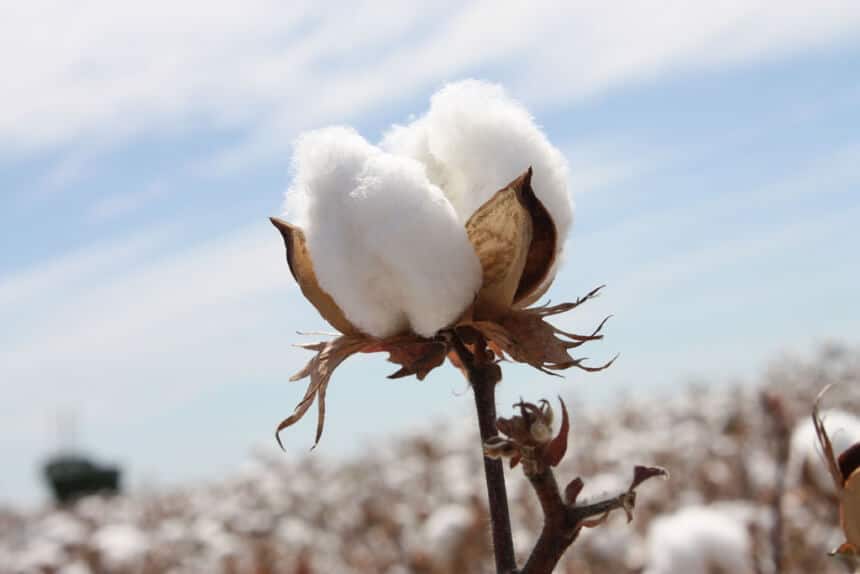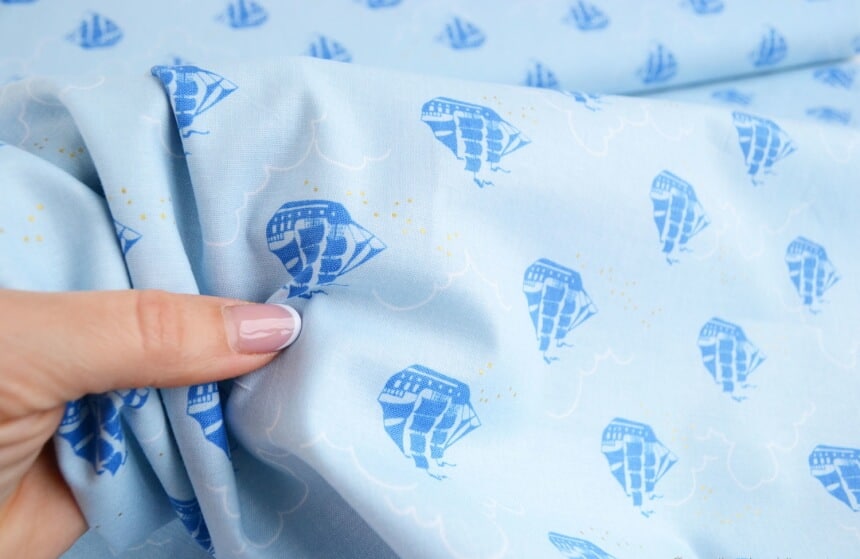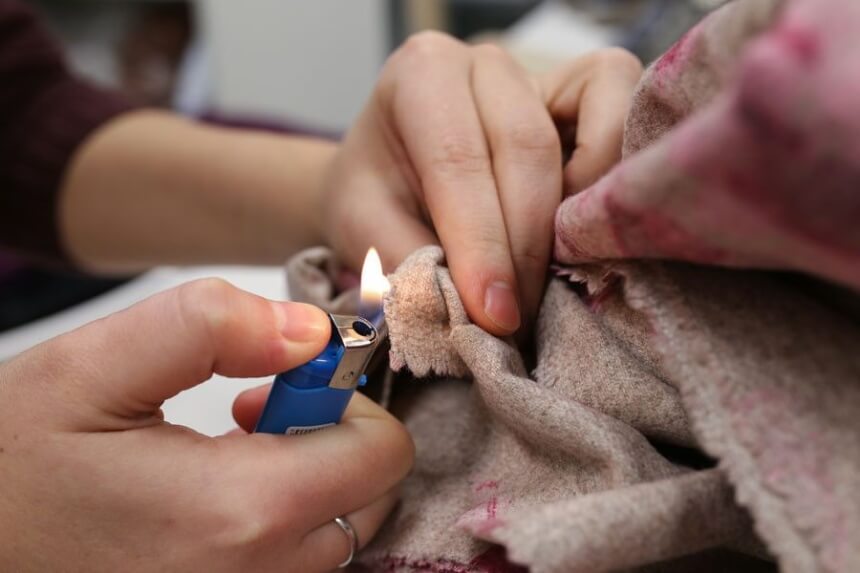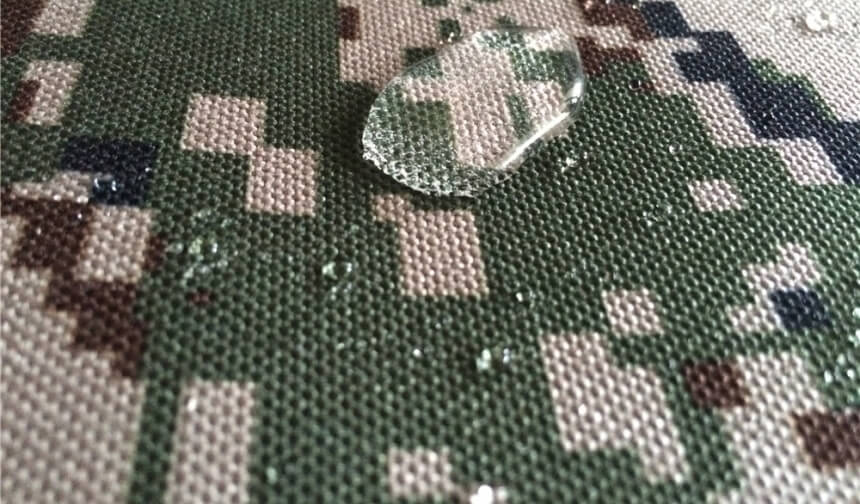

Cotton remains one of the most popular fabrics in the world. Its use can be dated back nearly 7000 years ago, when ancient Egyptians used the material in many of their ornate fabrics. Still today, cotton continues to be a preferred textile for many manufacturers. It is soft, comfortable, and incredibly durable. It is easy to care for and can be used year-round, with moisture-wicking abilities in warmer months and a high degree of fabric integrity when the weather gets colder. Because of this versatility, the demand for pure cotton fabric remains at an all-time high, but with so many blended fabrics and synthetics available these days, it is important to know how to tell if fabric 100% cotton.

Often times, cotton products, such as clothing and linen, have tags and labels that list the materials that were used to make this product. If these are not included with your fabric, there are other ways to determine if the material is made of cotton. There are three ways to test fabric in order to tell if it is 100% cotton – feel the fabric, conduct the burn test, and get the fabric wet.

Additionally, scrunching up a piece of the fabric in your hand is another way to feel whether or not the fabric in question is made of 100% cotton. Because cotton is a softer material, it tends to wrinkle easily. Taking a piece of the fabric and bunching it up in your hand and see if it wrinkles easily. Cotton-polyester blended material won’t be as obviously wrinkled.


Though 100% cotton is the preferred fabric for many projects involving fabric (clothing, linen) and textiles, there are several alternatives on the market that have many similar benefits to 100% cotton material. Cotton fabrics can be costly so it may be worthwhile to consider using a different fabric material, depending on your project. For example, hemp is another type of versatile, breathable fabric that comes with the added bonus of being more environmentally safe to produce. Additionally, modal, a type of rayon fabric, is a breathable, semi-synthetic material that comes from the pulp of beech trees. Common in underwear, athletic wear, and jersey t-shirts, modal is known for its eco-friendliness, as well as its comfort and ease of care. One last cotton alternative is lyocell, which is sometimes known by its brand name, Tencel Trusted Source What is TENCEL™ fibers fabric made of? About TENCEL™ Lyocell & Modal fiber fabric TENCEL™ Lyocell & Modal fibers are textiles that’s produced by environmentally friendly processes derived from natural raw materials. Known for being exquisitely soft; its versatility allows it to be combined with a wide range of textile fibers. Learn more now. www.tencel.com . Lyocell is one of the most popular environmentally sustainable fabrics made from the natural cellulose in wood pulp. The material is even more absorbent than cotton, and is soft, comfortable, and smooth to the touch. Cotton is most commonly spun into thread and used to make breathable textiles. Knowing how to tell if fabric is 100% cotton is crucial when it comes to ensuring that you have selected the right material for your project.